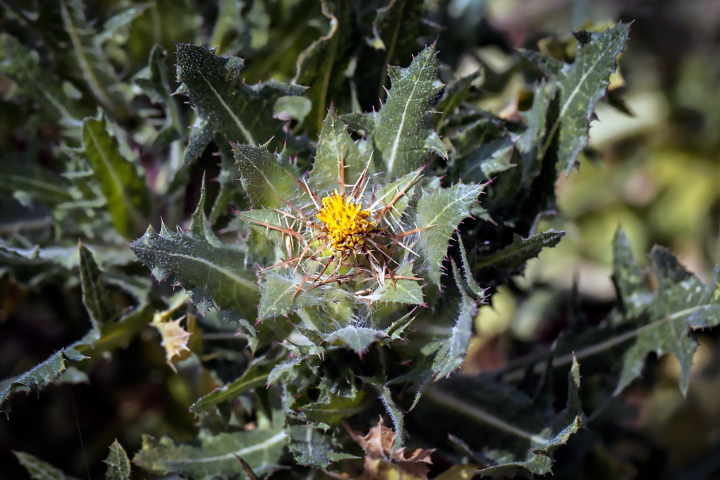When you think of papier-mâché, school art projects and carnival floats may come to mind, but a team of architects has used it to create something a bit more ambitious. The team mixed strips of recycled paper and non-toxic glue to create pair of prototype shelters in rural Texas.
The project is named Agg Hab (short for Aggregate Habitat) and was created by i/thee and the Roundhouse Platform for the Oaks Creek Residency, an artist residency on a farm in the Texas Panhandle.
Each shelter measures roughly 20 x 8 ft (6 x 2.4 m), and was made using around 200 liters (50 gal) of non-toxic glue and 270 lb (122 kg) of recycled paper. The team reckons it's probably one the world’s largest self-supporting papier-mâché structures and the construction process will be familiar to anyone who has experimented with with the stuff before.
"The process of construction started with the digging of two mirrored, convexo-concave holes, each 4.5 ft [1.3 m]," explains i/thee. "These holes were then cast with multiple layers of an organic, papier-mâché mixture consisting of various recycled papers and non-toxic glues. Next, the casts were removed from their respective holes and flipped over to form duplicate, bulbous, paper shells, measuring 4 mm [0.15 in] thick and spanning over 20 ft [6 m]. Finally, the shells were each moved on top of the adjacent formwork, letting the inverted form of one hole become a paraboloid cap to the other that encloses the structure. Thus, a 4.5 ft [1.3 m] hole becomes a 9 ft [2.7 m] tall interior space."

The interiors of the shelters consist of one simple large space, with holes in the paper letting in light and air, plus a doorway and steps cut in the dirt for access.
As far as we can tell, this project looks to be purely an exercise in construction experimentation. The firm is clearly keen on experimenting with non-traditional building techniques and has also produced a structure covered in glue-soaked canvas sheets. And we doubt that the shelters are very durable in high winds or rain for example, so probably best viewed as food for thought.
Paper is more popular as a building material than you may assume, at least in cardboard form. We've also reported on a house, homeless shelter and emergency housing, all made from cardboard.
Source: i/thee










